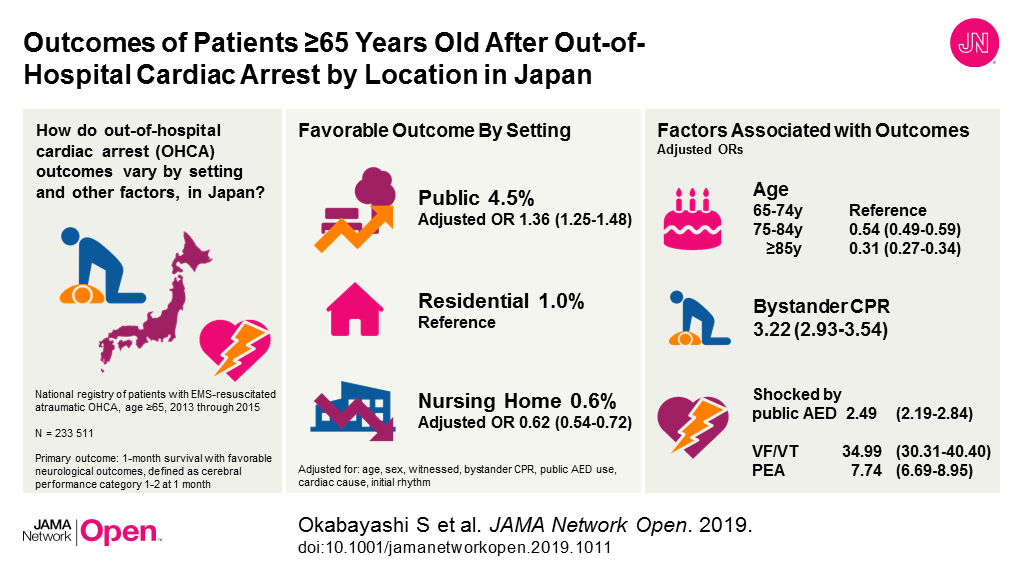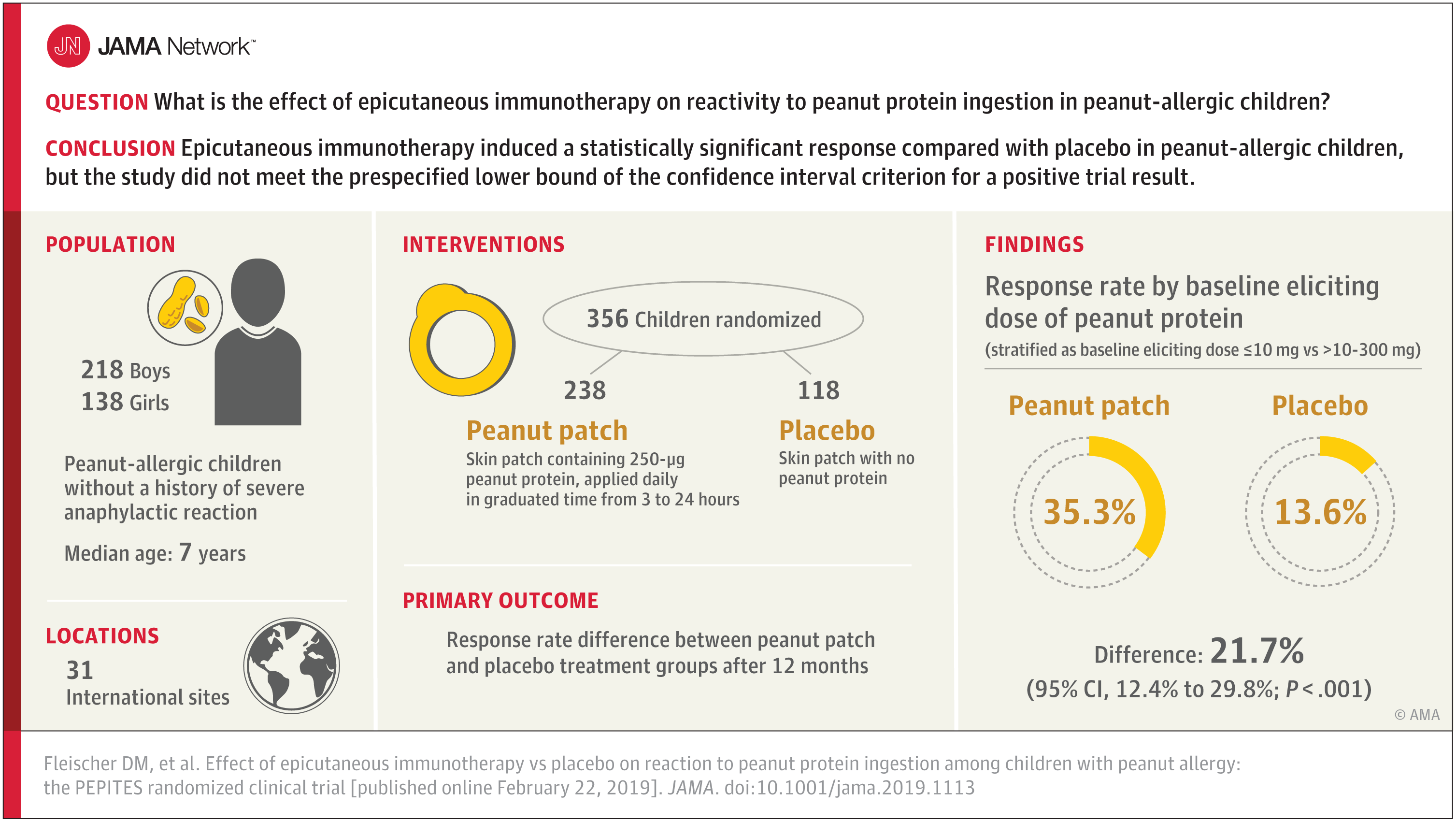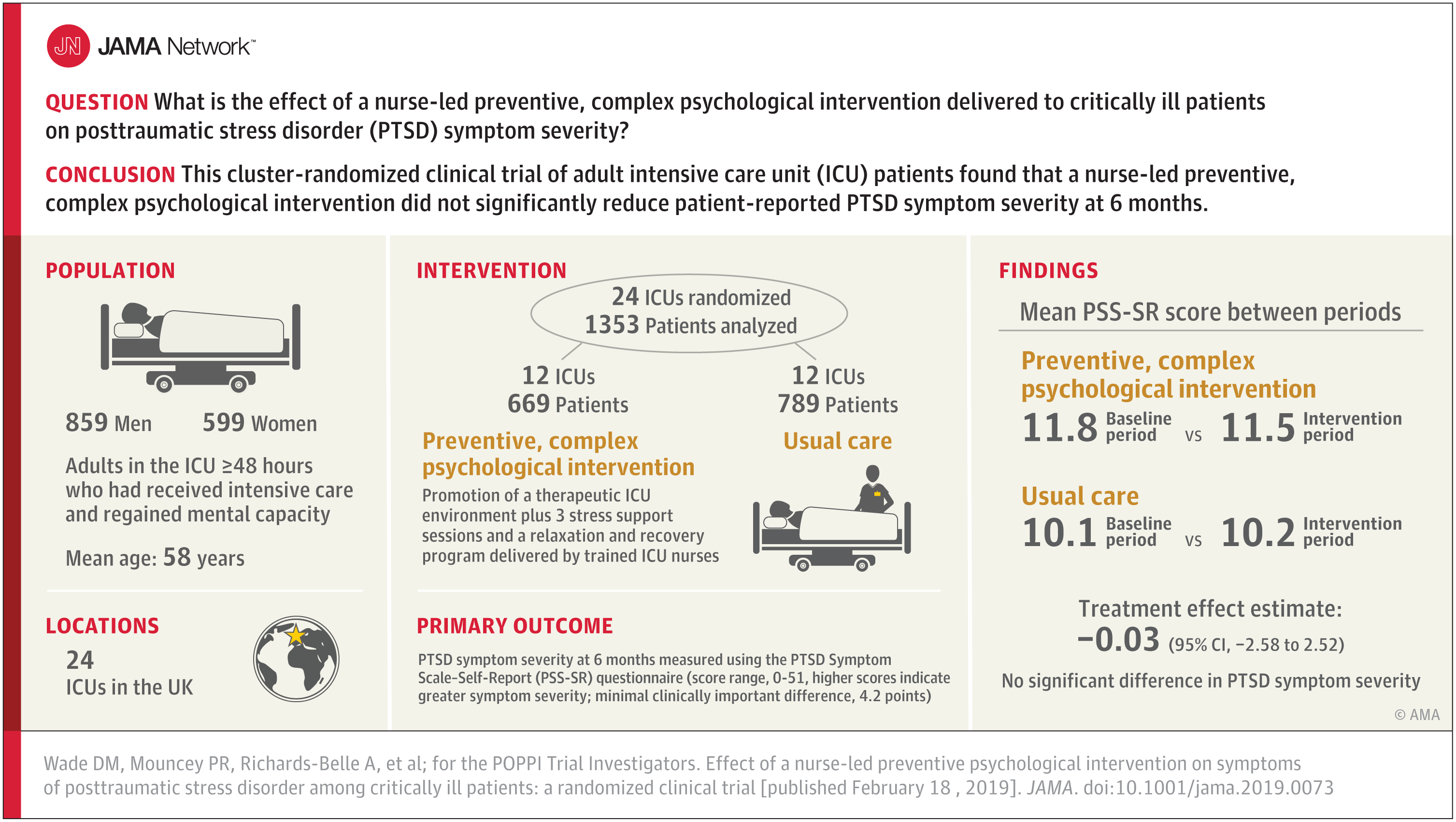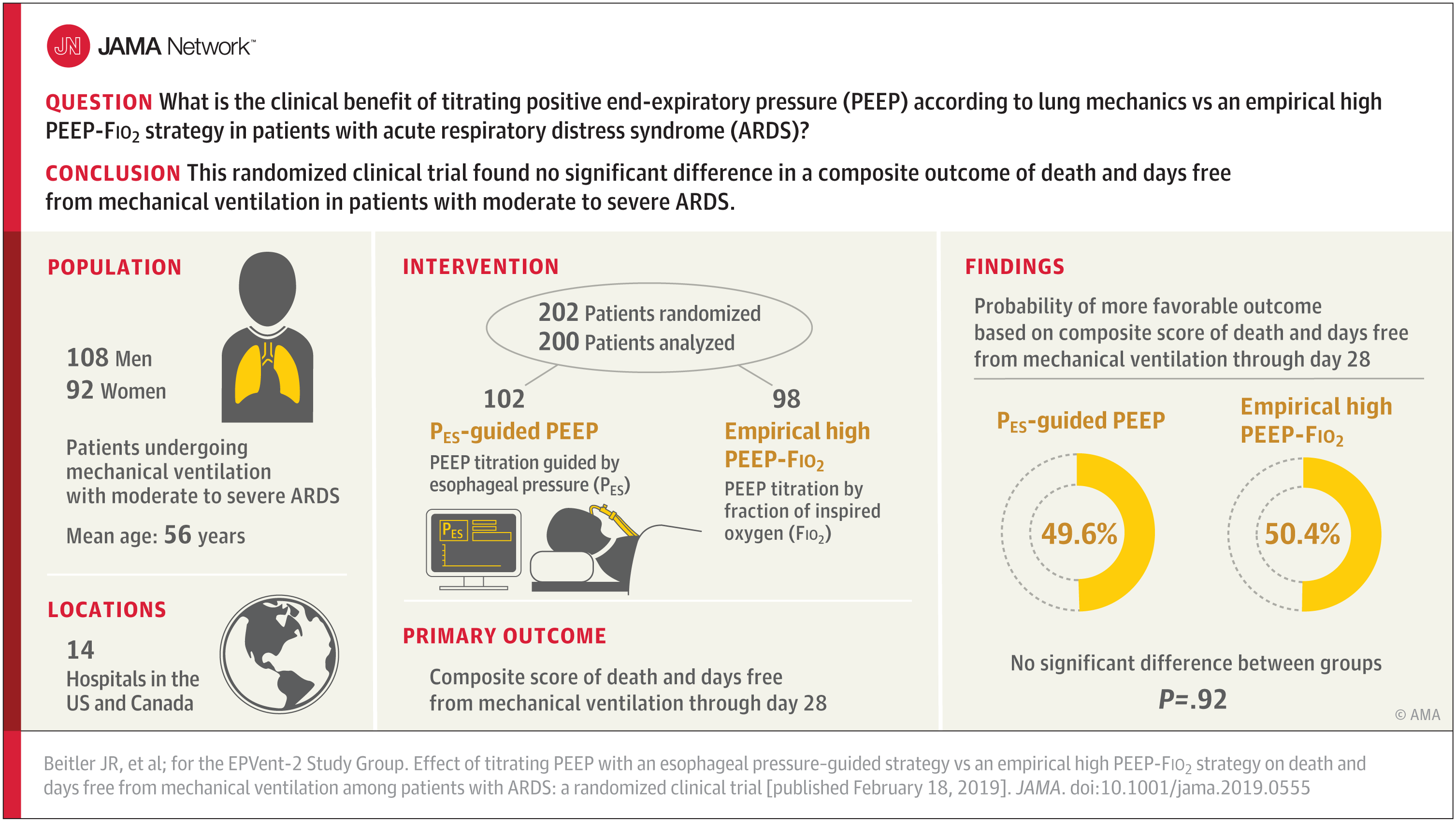JAMA Network Open
EMBARGOED FOR RELEASE: 11 A.M. (ET), FRIDAY, FEBRUARY 22, 2019
Media advisory: To contact corresponding study author Mathew V. Kiang, Sc.D., email Beth Duff-Brown at bethduff@stanford.edu. The full study is linked to this news release.
Want to embed a link to this study in your story? This full-text link will be live at the embargo time https://jamanetwork.com/journals/jamanetworkopen/fullarticle/10.1001/jamanetworkopen.2019.0040
About JAMA Network Open: JAMA Network Open is the new online-only open access general medical journal from the JAMA Network. Every Friday, the journal publishes peer-reviewed clinical research and commentary in more than 40 medical and health subject areas. Every article is free online from the day of publication.
Bottom Line: Identifying changes in the geographic distribution of opioid-related deaths is important, and this study analyzed data for more than 351,000 U.S. residents who died of opioid-related causes from 1999 to 2016. Researchers report increased rates of opioid-related deaths in the eastern United States, especially from synthetic opioids. In 2016, there were 42,249 opioid-related deaths (28,498 men and 13,751 women) in the United States for an opioid-related mortality rate of 13 per 100,000 people. Eight states (Connecticut, Illinois, Indiana, Massachusetts, Maryland, Maine, New Hampshire and Ohio) had opioid-related mortality rates that were at least doubling every three years, and two states (Florida and Pennsylvania) and the District of Columbia had opioid-related mortality rates that were at least doubling every two years. A limitation of the study is the potential for misclassification of deaths, which could result in an underreporting of opioid-related deaths. The study findings suggest policies focused on reducing opioid-related deaths may need to prioritize synthetic opioids.
Authors: Mathew V. Kiang, Sc.D., Stanford University School of Medicine, Palo Alto, California, and coauthors
(doi:10.1001/jamanetworkopen.2019.0040)
Editor’s Note: The article contains funding/support disclosures. Please see the article for additional information, including other authors, author contributions and affiliations, financial disclosures, funding and support, etc.
# # #
For more information, contact JAMA Network Media Relations at 312-464-JAMA (5262) or email mediarelations@jamanetwork.org.












